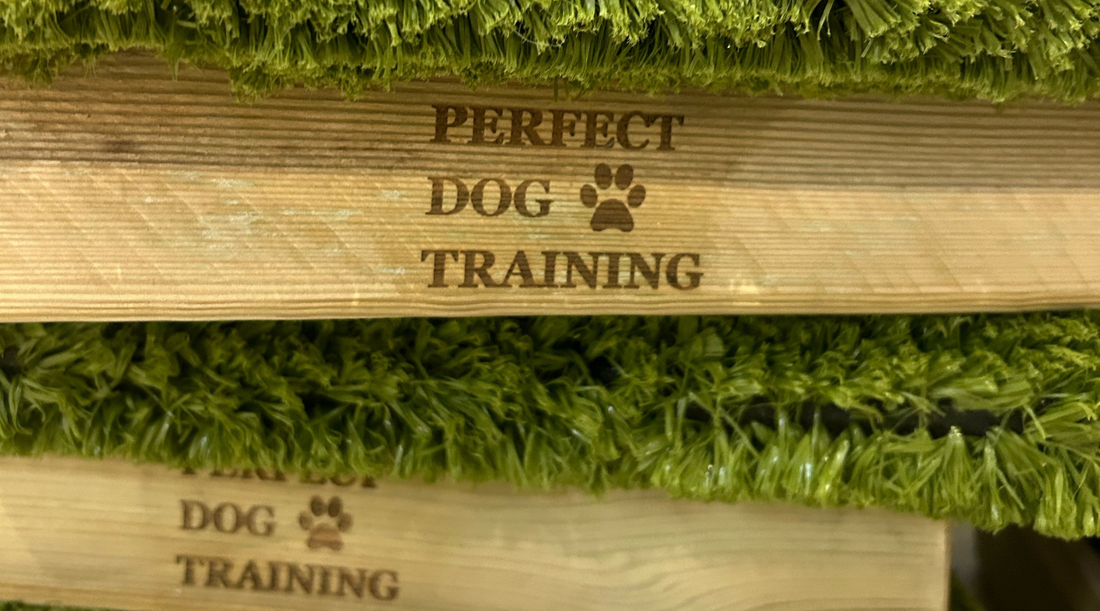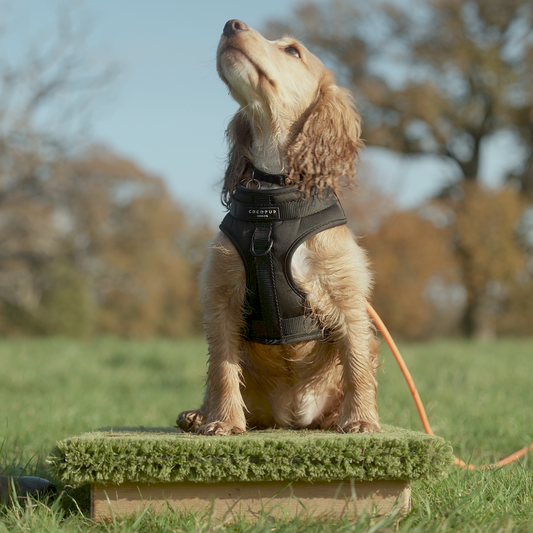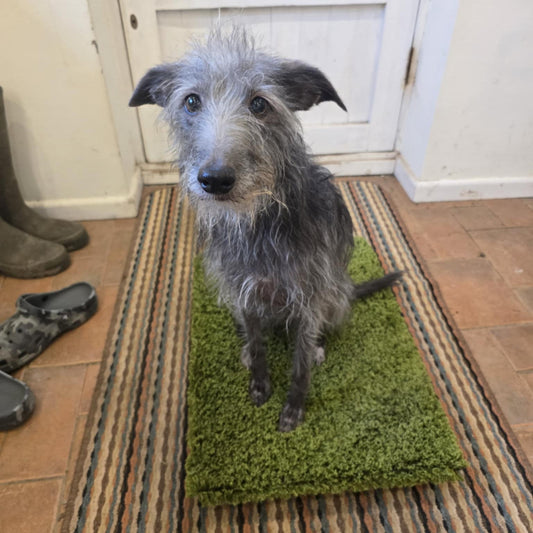How I Use a Place Board – In Ways You May Not Have Considered!
Written by Emily Gill, Perfect Dog Training
Place training empowers my dogs. This is a bold statement, but I truly see how much my dogs love working on place boards and how it gives them confidence in their training. For a long time, I have used place boards in my dogs’ daily training, and they have been a game changer. I have 4 dogs: a retired GSP, two working Cocker Spaniels (4 years and almost 2 years old) and a 7-month-old Weimaraner.
We all know the traditional ways to use a place board, helping a retrieve, teaching a ‘place’ etc. There are so many more ways that I am finding to use the place boards, that perhaps begin to veer away from traditional gundog training methods but can definitely benefit our dogs for lots of reasons.

Why I Use Place Boards in Training
My dogs do a variety of agility, trick training, obedience training, and gundog training, which means that much of the kit I use is doubled up and used across lots of behaviours and disciplines.
With 3 dogs currently training daily, the place board comes in handy for a lot of reasons. Here are my top 3 ways to use the place board – that you may not have thought of!
1. Multi-Dog Training
Building Steadiness and Self-Control
When training multiple dogs, you can really start working their steadiness and self-control by using a place board.
Most people will relate to having a young dog who occasionally answers to the older dogs’ name or giving one dog a command and having every dog except for the one you asked complete it! It can be tricky to communicate to your dogs exactly which one you’re talking to at which time.

Teaching Individual Focus
Giving them a marker such as a place board is really beneficial in this situation and can help to boost your multi-dog work, allowing your dogs to feel confident in what they should be doing, making your training session much more likely to be a success.
2. Enhancing Self-Awareness
Why Proprioception Matters
Self-awareness and proprioception is something my students are likely sick of hearing about – but I will never stop talking about its importance in dog training.

Training Techniques for Proprioception
- Front feet up, back feet on the floor
- Back feet up, front feet on the floor
- All feet up in a stand
- Negotiating sit-to-stand keeping all feet on the board
- Walking backwards onto the board
3. Improving Distance Work
Training Behaviours at a Distance
So many disciplines and behaviours that we ask from our dogs require them to work at a distance from us. However, some dogs find this concept quite difficult.
Using Place Boards as a Marker
I start to train my dogs to do various behaviours on their board, such as sit, down, and stand. Over time, I increase the distance by a step at a time until I can be a big distance away from them.
Place Training for Every Dog
There are so many ways to use place boards, and I continue to experiment with them in training sessions. When your dog is familiar with the concept of ‘Place,’ the possibilities can be endless.
Link to Emily Gill's Business
Find out more about Emily Gill's training methods at Perfect Dog Training.



